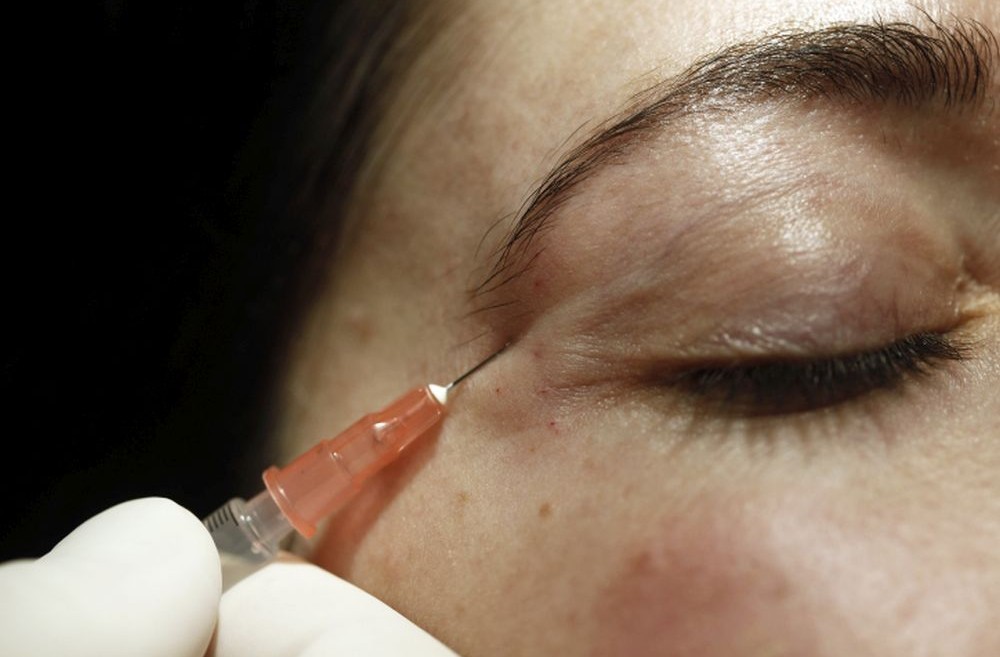A team of researchers from Tel Aviv University and Harvard Medical School has devised a noninvasive technique that harnesses pulsed electric fields to stimulate new skin tissue.
The novel technique, utilizing microsecond-pulsed, high-voltage, non-thermal electric fields, produces rejuvenated skin without scars and may revolutionize the treatment of aging skin and degenerative skin diseases.
“Pulsed electrical field technology has many advantages, which have already proved effective — for example, in food preservation, tumor removal and wound disinfection,” said bioengineering expert Alexander Golberg, who led the study on behalf of TAU’s Porter School of Environmental Studies.
“Our new application may jumpstart the secretion of new collagen and capillaries in problematic skin areas,” Golberg continued. “Considering that, in the modern era of aging populations and climate change, degenerative skin diseases affect one in three adults over the age of 60, this has the potential to be a healthcare game-changer.”
Better than Botox
It is estimated that Americans spend some $10 billion a year on products and surgery to rejuvenate aging skin, but most solutions are temporary. Botulinum toxins, such as Botox, smooth lines and wrinkles when injected, but do not provide a permanent answer to sagging skin. Moreover, the toxin carries many risks, some neurological.
Other current therapies to rejuvenate skin use various physical and chemical methods to alter skin cells and the extracellular matrix, but they can causing scarring and other unwanted side effects. Pulsed electric fields, the scientists have demonstrated, transform only the cell membrane while preserving the outer cell’s architecture and releasing multiple growth factors to spark new cell and tissue growth.
By inducing nanoscale defects on the cell membranes of lab rats, the researchers found that electric fields caused the death of a small number of cells in affected areas. The released growth factors increased the metabolism of the remaining cells, generating new tissue.
“We have identified in rats the specific pulsed electric field parameters that lead to prominent proliferation of the epidermis, formation of microvasculature, and secretion of new collagen at treated areas without scarring,” said Golberg.
The study, published recently in Scientific Reports, was carried out in collaboration with colleagues from the Center for Engineering in Medicine at Massachusetts General Hospital, Harvard Medical School and Shriners Burns Hospital in Boston.
Currently, the research team is focusing on developing a low-cost device for use in clinical trials in order to test the safety and efficacy of the pulse technology in humans.
















